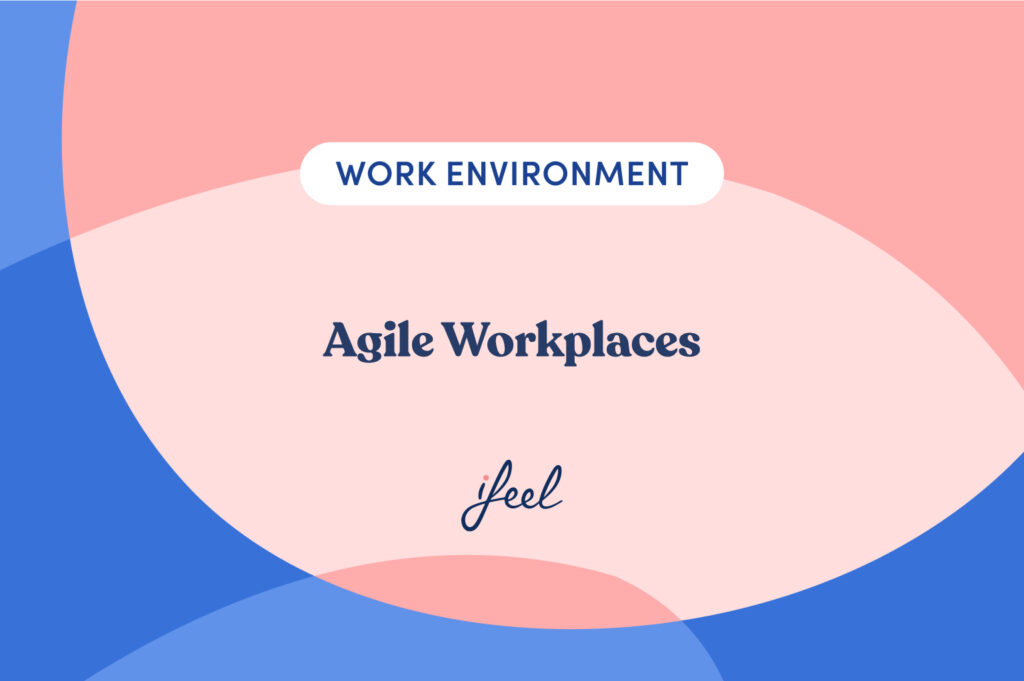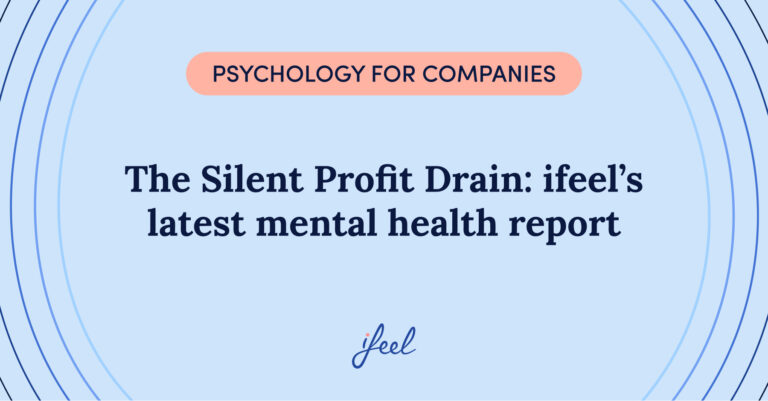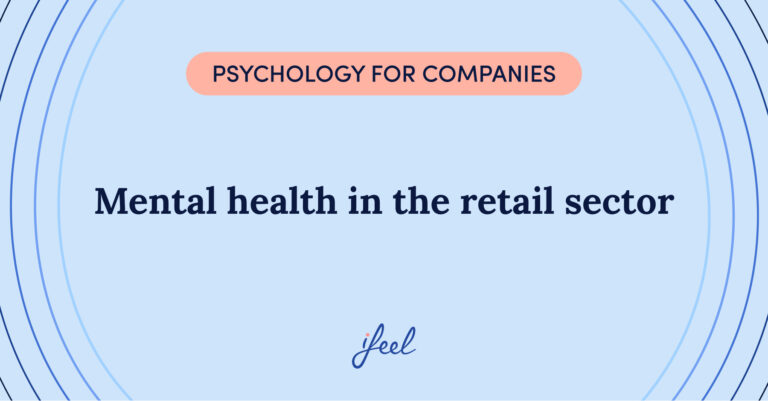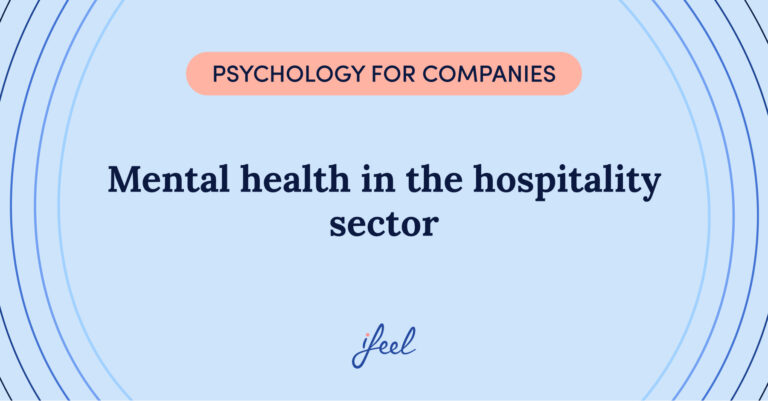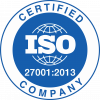In an era of constant change and disruption, agility in the workplace has emerged as a defining factor for organisational success. Enterprises that can quickly adapt to changes and respond to new challenges are better positioned to thrive. Workplace agility involves more than just swift decision-making; it encompasses a culture of flexibility, innovation, and continuous improvement. At its core, agility in the workplace means creating systems and processes that allow for rapid adaptation without sacrificing quality or employee well-being. It involves empowering employees to take initiative, fostering open communication, and encouraging a mindset of learning and growth.
How can your enterprise cultivate a culture of agility in the workplace to stay competitive and meet evolving business demands?
Understanding agility in the workplace
Agility in the workplace is about creating an environment where teams can adapt rapidly to changes while maintaining productivity and morale. It involves several key components:
- Flexibility: The ability to adjust work processes and strategies quickly in response to changing conditions. This includes adapting to new technologies, market demands, and organisational shifts. Research suggests that 70% of Millennials seek flexibility when looking for a new job. As Millennials are predicted to make up 75% of the workforce by 2025, investing in agility is a sure-fire way to ensure your business continues to attract top talent.
- Innovation: Encouraging creative problem-solving and new ideas to drive continuous improvement. An agile workplace fosters an environment where experimentation is valued and failure is seen as a learning opportunity.
- Collaboration: Fostering teamwork and communication across departments to enhance decision-making. Agile enterprises break down silos and encourage cross-functional teams to work together towards common goals.
- Empowerment: Giving employees the authority and resources to make decisions and act swiftly. Empowered employees are more engaged and motivated, contributing to a more dynamic and responsive organisation.
The Benefits of agility in the workplace
Embracing agility in the workplace can lead to numerous benefits for both employees and enterprises. Here are some key advantages:
For employees
- Increased job satisfaction and engagement due to a dynamic work environment.
- Enhanced ability to learn new skills and adapt to different roles.
- Greater sense of empowerment and contribution to the organisation.
For enterprises
- Improved responsiveness to market changes and customer needs.
- Higher levels of innovation and competitive advantage.
- Increased efficiency and productivity through streamlined processes.
“What I value most is the direct and close approach of ifeel professionals. It seems that they have also become part of the team and someone who is already embedded in our company dynamics”.
– Vasco Armés, Head of Human Resources at PERI Iberia, an ifeel partner company.
How can enterprises foster agility in the workplace?
Organisations can take several steps to foster agility in the workplace. Here are some strategies to consider:
| Strategy | Actions |
|---|---|
| Promote a flexible work environment | – Implement flexible work schedules and remote work options. – Encourage adaptive work practices that allow for quick pivots. |
| Encourage continuous learning | – Offer training programs and resources for skill development. – Support a culture of learning and curiosity. |
| Enhance communication and collaboration | – Use technology to facilitate seamless communication across teams. – Create cross-functional teams to tackle complex challenges. |
| Empower employees | – Delegate decision-making authority to frontline employees. – Provide the tools and resources needed for quick action. |
The Leadership Lens🔎
Leaders play a crucial role in cultivating workplace agility by modeling flexible and adaptive behaviors. By setting clear goals and demonstrating a willingness to adapt plans as needed, leaders can inspire their teams to embrace change and explore new approaches. Encouraging experimentation and learning from failure helps build a culture where innovation thrives.
Additionally, fostering a culture of trust and transparent communication is essential. Leaders should create an environment where employees feel safe to express ideas and take risks, recognising and rewarding agile behaviors. Keeping teams informed about changes and soliciting feedback ensures that everyone is aligned and engaged in the organisation’s agile journey.
Quick and easy agility assessment for HR leaders
To gauge your organisation’s agility, consider the following questions:
- Flexibility: How quickly can your teams adapt to changes in the market or industry? Are there processes in place to facilitate rapid adjustments?
- Innovation: Are employees encouraged to propose new ideas and solutions? How does your enterprise handle failure and learning from mistakes?
- Collaboration: How often do cross-functional teams work together on projects? Is there a culture of open communication across departments?
- Empowerment: Do employees have the authority to make decisions that impact their work? Are they provided with the necessary resources and support?
By reflecting on these questions, HR leaders can identify areas for improvement and develop strategies to enhance workplace agility, driving long-term success and resilience.
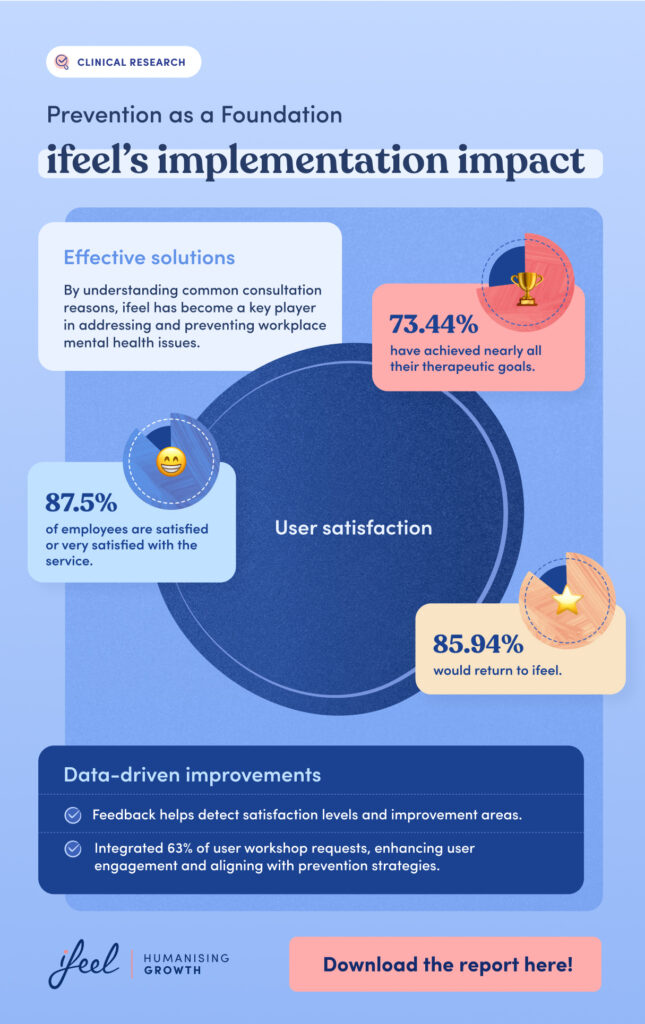
Unlocking teams’ potentital
Fostering agility in the workplace is essential for navigating the complexities of today’s business environment.
To support companies in this process, our team of expert workplace well-being psychologists has created a mental well-being solution for businesses that improves talent retention, reduces presenteeism at work, and combats employee stress.
With our mental well-being solution, your company’s HR managers can receive personalised, data-driven advice on improving mental health at work. In addition, this solution offers employees a 360° mental well-being service structured at different levels according to their needs. Try our solution now to see how it could help you.
We hope you found this article on presenteeism at work interesting. If you would like more information about our mental well-being solution for enterprises, simply request it and we will get in touch with your team as soon as possible.
